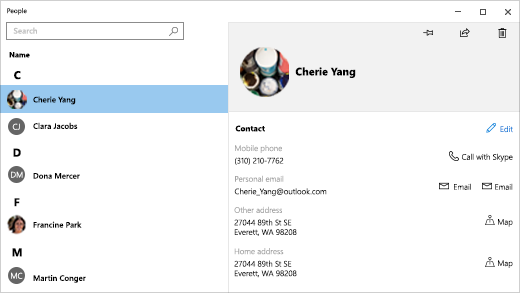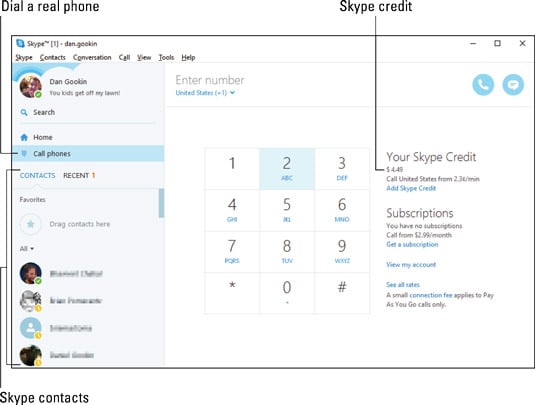

- #Windows 10 add skype to startup people how to#
- #Windows 10 add skype to startup people windows 10#
- #Windows 10 add skype to startup people Pc#
- #Windows 10 add skype to startup people windows#
There, you can switch between available apps and services to stay connected with the person. Once you click it, the following pane will appear: The contact will be pinned to the taskbar. Again, click it to pin the contact to the taskbar. Next, scroll for the contact you need to pin.

Click Apps and sign in to an app like Skype. Tip: You can show contacts from installed apps which support the People bar. This will display all your contacts in a list. If you don't see the required person, click the "More contacts" link. If you see the person you want to pin in the list, click the person's name to pin to the taskbar.
#Windows 10 add skype to startup people windows#
Refer to the following article: Add or Remove People Icon From Taskbar in Windows 10.Ĭlick the icon to open the People flyout. To pin contacts to the taskbar in Windows 10, do the following.Įnable the People icon if you have it disabled. You can’t use Skype’s built-in option to disable automatic startup without signing in first, but there’s a way around it: Disable it with the Task Manager. Thankfully, the latest versions of Skype now function like a normal Windows application again. You can pin a contact to the taskbar using the People app or the People bar right in the taskbar. Disable Skype Autostart via the Task Manager.
#Windows 10 add skype to startup people windows 10#
This is pretty confusing because the built-in Store version of Skype and the modern desktop version are almost the same thing, but the desktop version of Skype offers more features.The People feature was introduced in Windows 10 build 16184. That version of Skype works like the traditional Skype client you’re used to. The traditional Skype desktop application does have a “Quit Skype” option available when you right-click its notification area icon. If you have multiple Skype applications installed and you just want to remove the built-in Windows 10 version, look for the Skype shortcut marked as a “Trusted Microsoft Store app” and remove it. Locate the Skype shortcut in your Start menu, right-click it, and select “Uninstall.” Windows 10 lets you uninstall many other built-in apps in this way, too. If you don’t want to use Skype at all, you can also uninstall it. Click the “…” menu in the Skype window and click “Sign Out” to do so. Note that people can still send you Skype messages if you’re signed in, even if Skype doesn’t appear in the notification area. Skype’s notification area icon will vanish. Right-click the Skype icon in your notification area and click “Settings” or open the Skype window, click the “…” menu button, and click “Settings.”Ĭlick the “General” category and disable the “Show Skype in the Windows notification area (system tray)” option. However, you can hide the icon from Skype’s settings window.

Microsoft’s modern Skype app doesn’t even appear in your list of startup programs, so you can’t disable it by managing your startup programs from the Settings app or Task Manager. To add someone to your Skype contact list, you'll need to open up the Skype video app and click Add contacts. With the older “Modern” Skype app, you can’t just right-click the Skype tray icon and close it like a traditional desktop app. If they don’t, follow the below instructions for the older version of Skype.
#Windows 10 add skype to startup people Pc#
Update: You likely have the newer Skype app installed on your PC by now, so the above instructions should work.
#Windows 10 add skype to startup people how to#
How to Remove Skype From Your System Tray on Windows 10 Skype will continue running if it’s already open when you do this, but you can right-click the Skype icon in your taskbar’s notification area ( don’t call it a system tray!) and select “Quit Skype” to close it immediately. Look for “Skype” in the list, right-click it, and select “Disable.” Windows won’t open Skype automatically when you sign in anymore.


 0 kommentar(er)
0 kommentar(er)
